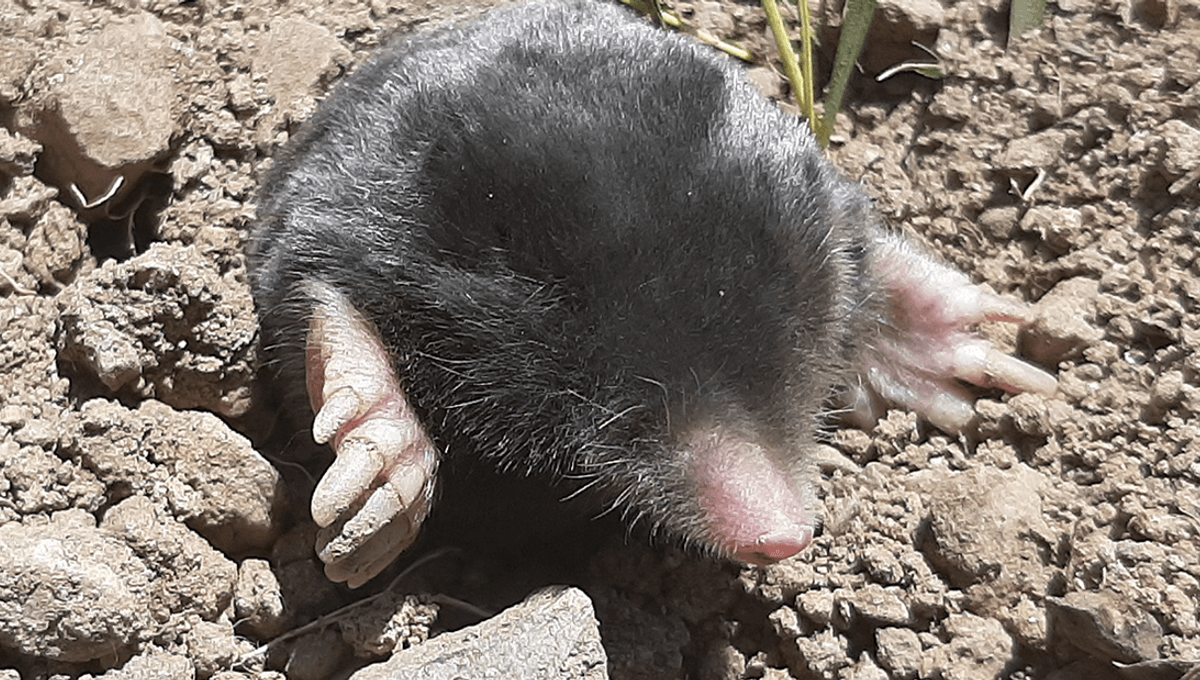
When researchers discover a new species that has been hiding away for many thousands of years, unsurprisingly, the discovery is usually fossilized. However in Turkey, scientists have now discovered not one, but two new species of living moles that they think have remained hidden away for around 3 million years.
The adorable new discoveries have been named Talpa hakkariensis and Talpa davidiana tatvanensis and are capable of surviving harsh temperature extremes of that area, from 50°C (122°F) in summer to heavy snowfall in the winter.
“It is very rare to find new species of mammals today,” said David Bilton, Professor of Aquatic Biology at the University of Plymouth and senior author in a statement. “There are only around 6,500 mammal species that have been identified across the world and, by comparison, there are around 400,000 species of beetles known, with an estimated 1-2 million on Earth.
The new discoveries have increased the total number of Eurasian mole species from 16 to 18. Most of these species are found in Anatolia, which is the global hotspot of diversity for the species in the Talpa genus. The two new recruits are both morphologically (meaning their appearance) and genetically distinct from previously known species. To work out the differences, the team compared DNA and morphology within the skull and teeth with the other recognized species, including those in museum collections.
“Superficially, the new moles we have identified in this study appear similar to other species, since living underground imposes serious constraints on the evolution of body size and shape – there are a limited number of options available for moles really,” continued Professor Bilton.
Talpa hakkariensis was named for the Hakkari region of Turkey where it was revealed as a brand new species. It is now among the largest moles in the genus Talpa and the largest mole species in Anatolia.
Talpa davidiana tatvanensis has been formally classified as a subspecies of Talpa davidiana, known as Père David’s mole, which was first identified in 1884.
Professor Bilton added: “We have no doubt that further investigations will reveal additional diversity, and that more new species of mole remain undiscovered in this and adjacent regions.”
The team suggests that more work needs to be carried out to identify more potential mole species and best inform conservation practices for this area.
The paper is published in the Zoological Journal of the Linnean Society.
Source Link: Two New Types Of Mole Could Have Been Living Undetected For 3 Million Years